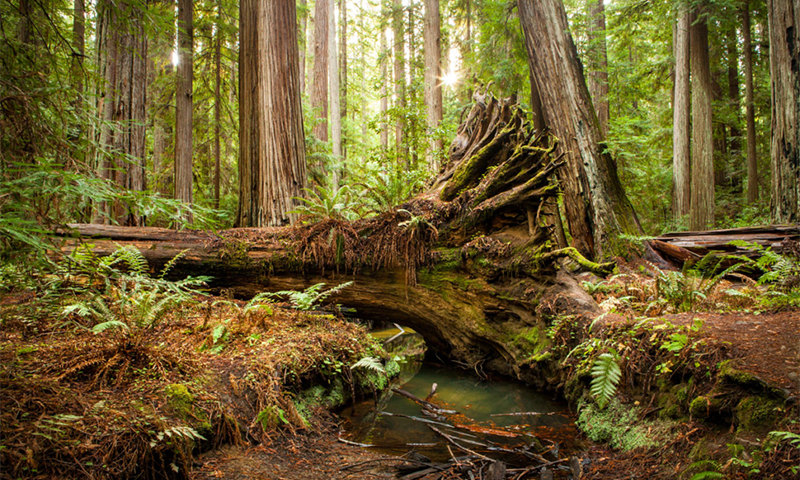Why digitize?
This is the question many archive owners, collectors, and curators face. In an increasingly digital world, analog access to collections and archives is still the norm. But should it be?
A Philosophical Question
If a tree falls in a forest and no one is around to hear it, does it make a sound?

In the spirit of that popular mental exercise, if a physical archive exists but no one can access it, does it impact the world?
Sadly, this is the state many archives find themselves in.
For collectors and curators, the problem of access is one that can seem insurmountable. Many collections are housed in personal residences, in a dedicated room of a library, or even in storage. Finding aids such as indexes or the Dewey decimal system assist those who can visit the material in person, but the barriers to access are high.
The Limits of Physical Access
Take the example of a hypothetical newspaper archive. The entire collection, frequently cited in family genealogy research, is only accessible in one location. Rather than attempt to visit the collection, researchers call the curator with their questions. Often, these researchers only know a name or a location or some other fragment of data, so the curator must wade through decades of material, and once they discover the desired information, the researcher receives a copy or scanned image.
For researchers, limited access means the process takes time and reliance on someone else to find the information they seek. Often, copies of originals come with a price tag because of the labor involved in retrieving them. Other times, the cost is borne by the original material, which experiences wear with every turned page.
For the curator, the system seems to work. People can access and use the collection to enhance their research. Why should they digitize?
Location:
Instead of visiting or calling a single location, researchers could access the collection anywhere in the world with an internet-connected device. Potential visitors who may be limited by disability, travel funding, time, or state of emergency, could experience the collection digitally.
Condition:
Instead of risking tears, smudges, and other damage with every physical search, the material could be safely stored in its current condition while allowing continued, constant digital use.
Search:
Instead of relying on summary documents, finding aids, and the diligent labor of an authorized user, everyone accessing the collection could search for names, dates, locations, and other keywords, making the information they seek available in a click.
Museu Nacional of Brazil
A real-world example of how digital preservation could have benefited mankind is that of the Museu Nacional of Brazil, which was almost completely lost to fire in 2018. It was the home of many unique collections and a frequent travel destination for researchers. Just months before the blaze, researcher Cassia Roth had traveled to the museum to view one of the exclusive collections in the massive archive housed there.
I was there for just a few days, so I only took pictures of a small fraction of [the] collection, telling myself that I could always come back—the archives were not going anywhere,” she wrote.
The museum was a hub of research and innovation for hundreds of years, but lacked funding. Why should they have digitized?
Preservation:
Hindsight is 20/20, but even without a disaster in the rearview mirror, curators could have investigated crowdfunding to restore the 200-year-old building’s faulty electrical and sprinkler systems or digitally preserve the museum’s collections over time.
Impact:
The truth is, we may never know how many researchers and students were unaware of the contents of the Museu Nacional until reports of their loss. Online access to a collection doesn’t guarantee widespread knowledge, but it does facilitate the possibility.
Ultimately, if access and exposure are important to the curator of a collection or archive then digitization should definitely be considered. Don’t let inertia prevent you from taking the initial steps towards digitizing your collection.
Types of Digital Access
The good news is that digitization can revolutionize how a collection or archive is accessed and used. Each collection is unique and some types of digital access may be more suitable than others.
Open Access:
Similar to the way Archive.org or Google Books function, this model makes all content fully searchable on the internet. Users may discover an archive through a wider web search.
Free Access Once Registered:
Need to track who is accessing your collection? Requiring users to register prior to gaining access keeps the documents available to those who sign up, but has the feel of private access.
Paid Subscription:
A potential revenue stream for the archive, this model unlocks the collection once a user has paid a fee.
Additional Paid Perks:
All levels of access can also offer options to pay for special features like high-resolution printing, guided research aides, photo licensing, etc.
Every level of digital access eliminates the limitation of physical location, offers enhanced search options, preserves the original documents from continued exposure, and provides a mechanism through which your archive can be utilized fully.
Access is merely one of the powerful arguments for digitizing your collection. Are you ready to start the process and protect your collection from an uncertain future? Contact Anderson Archival today at info@andersonarchival.com or 314.259.1900.






